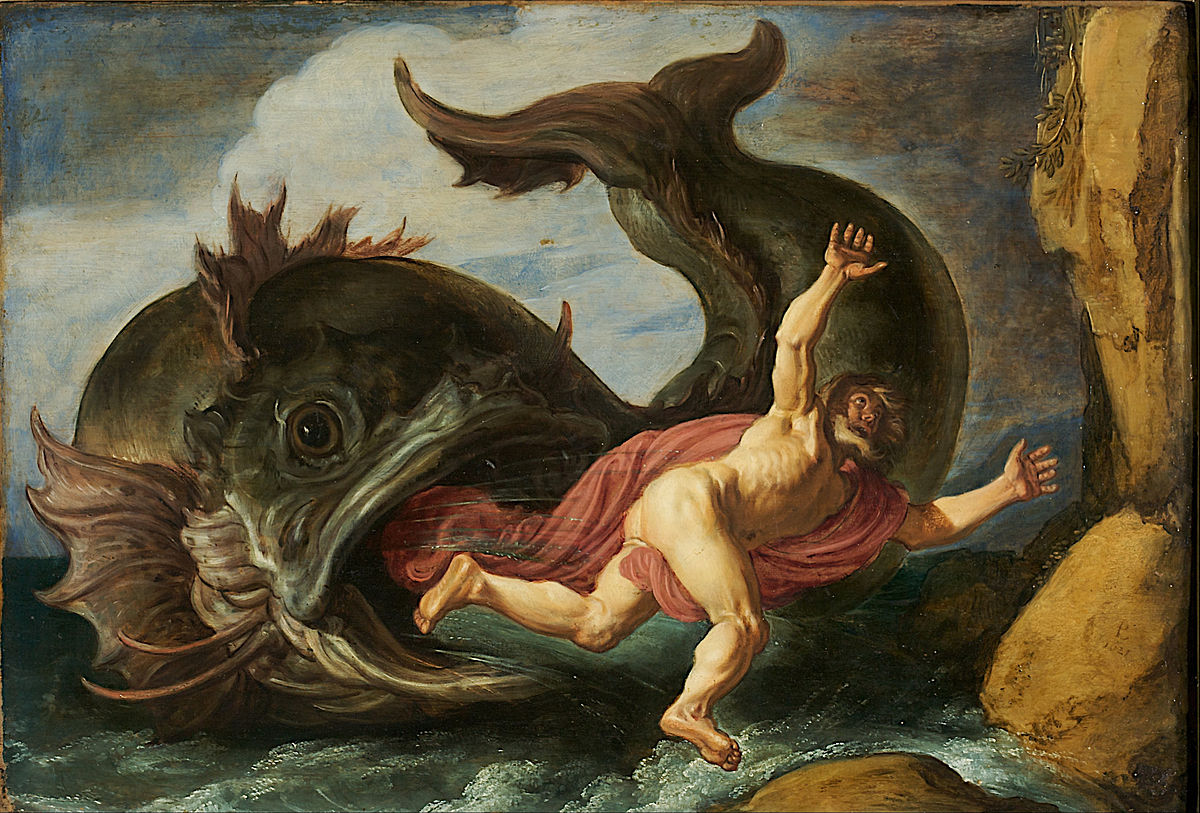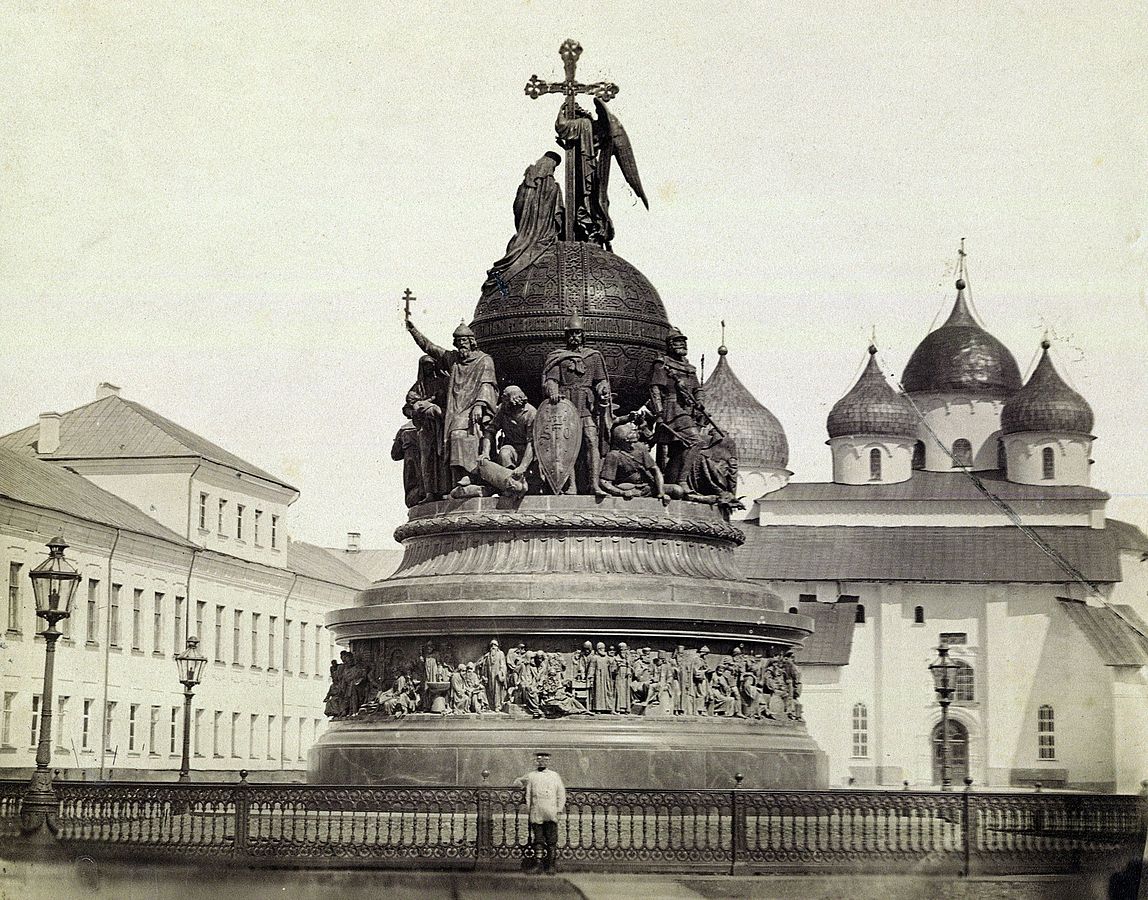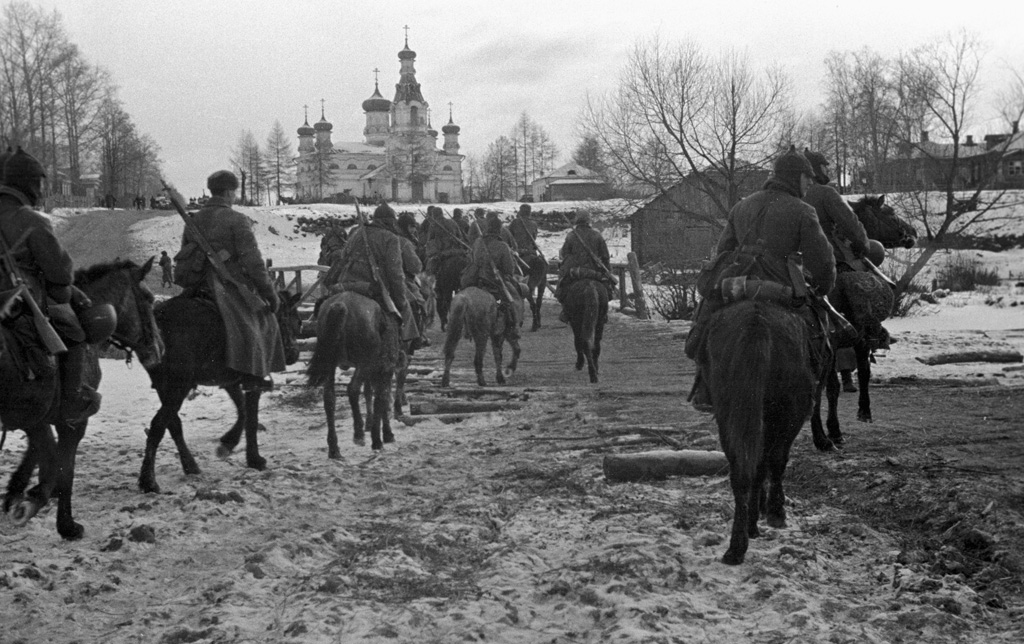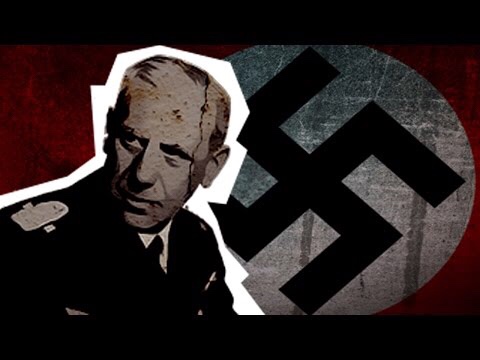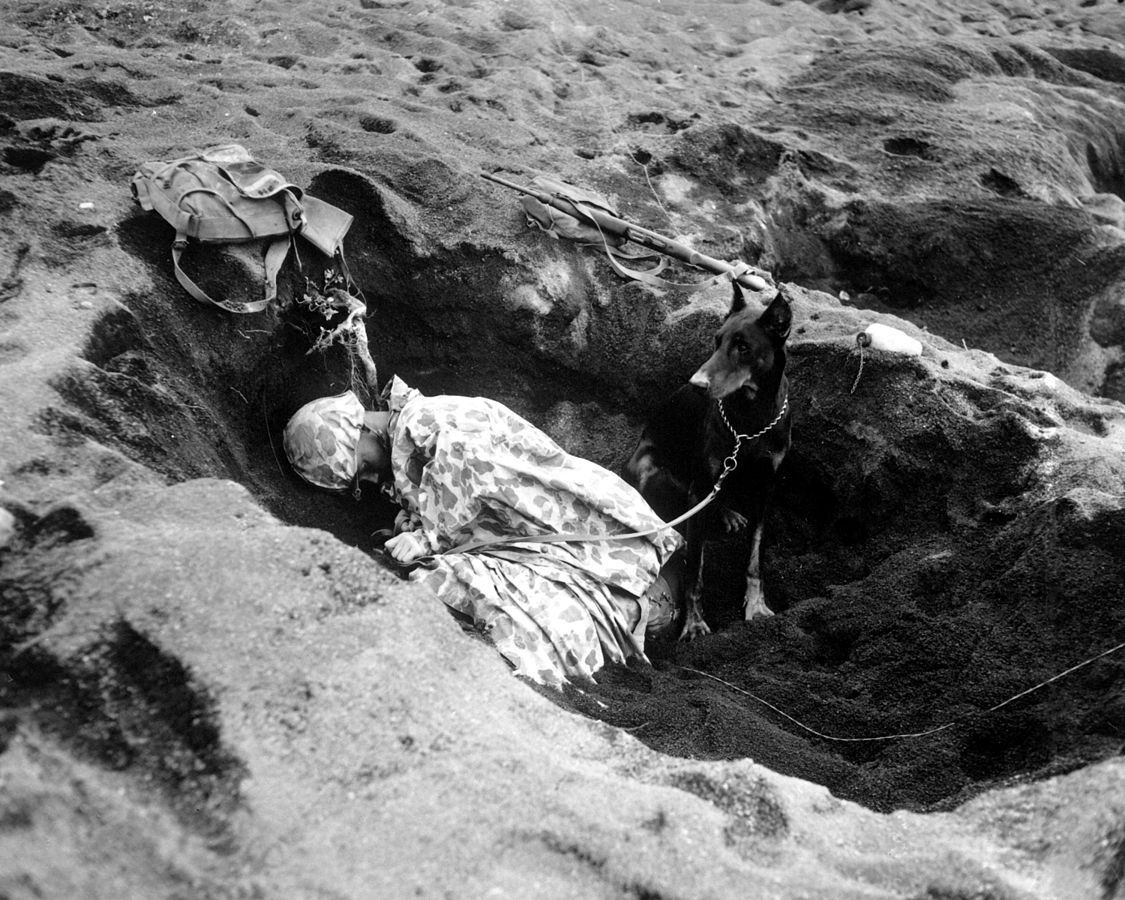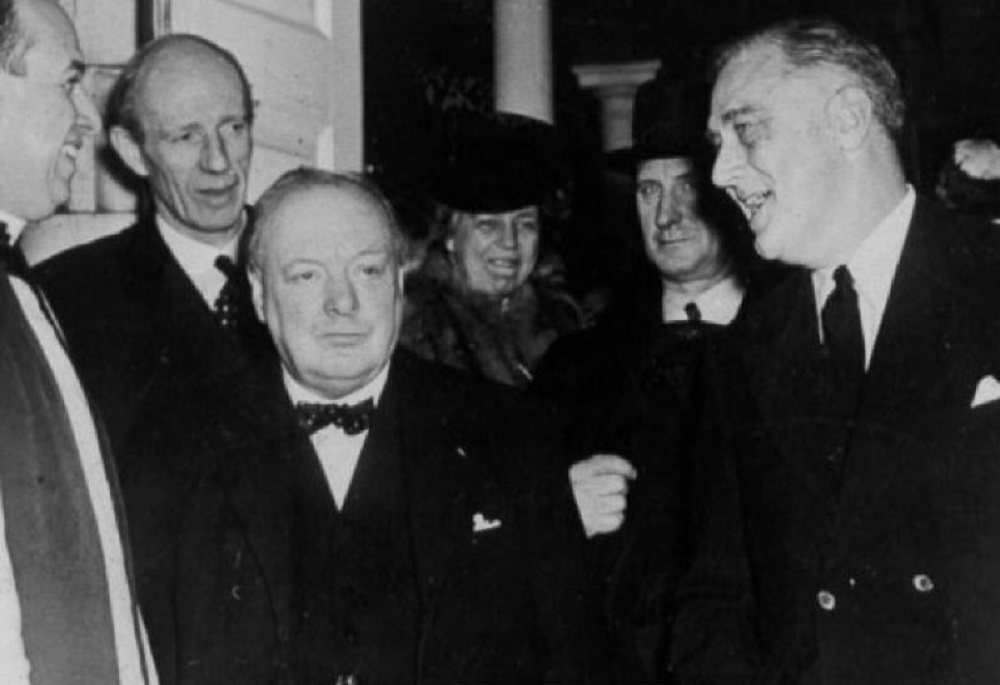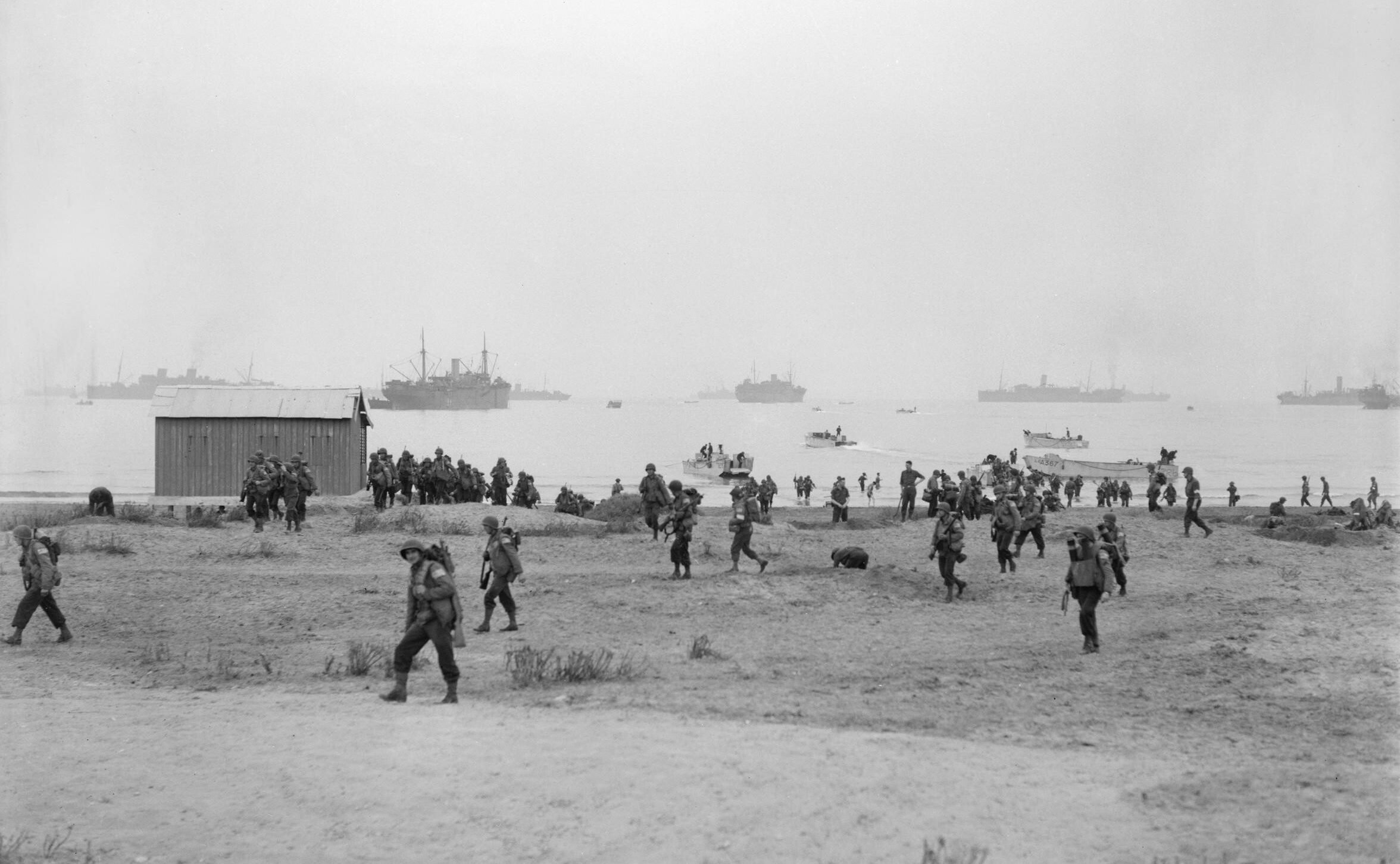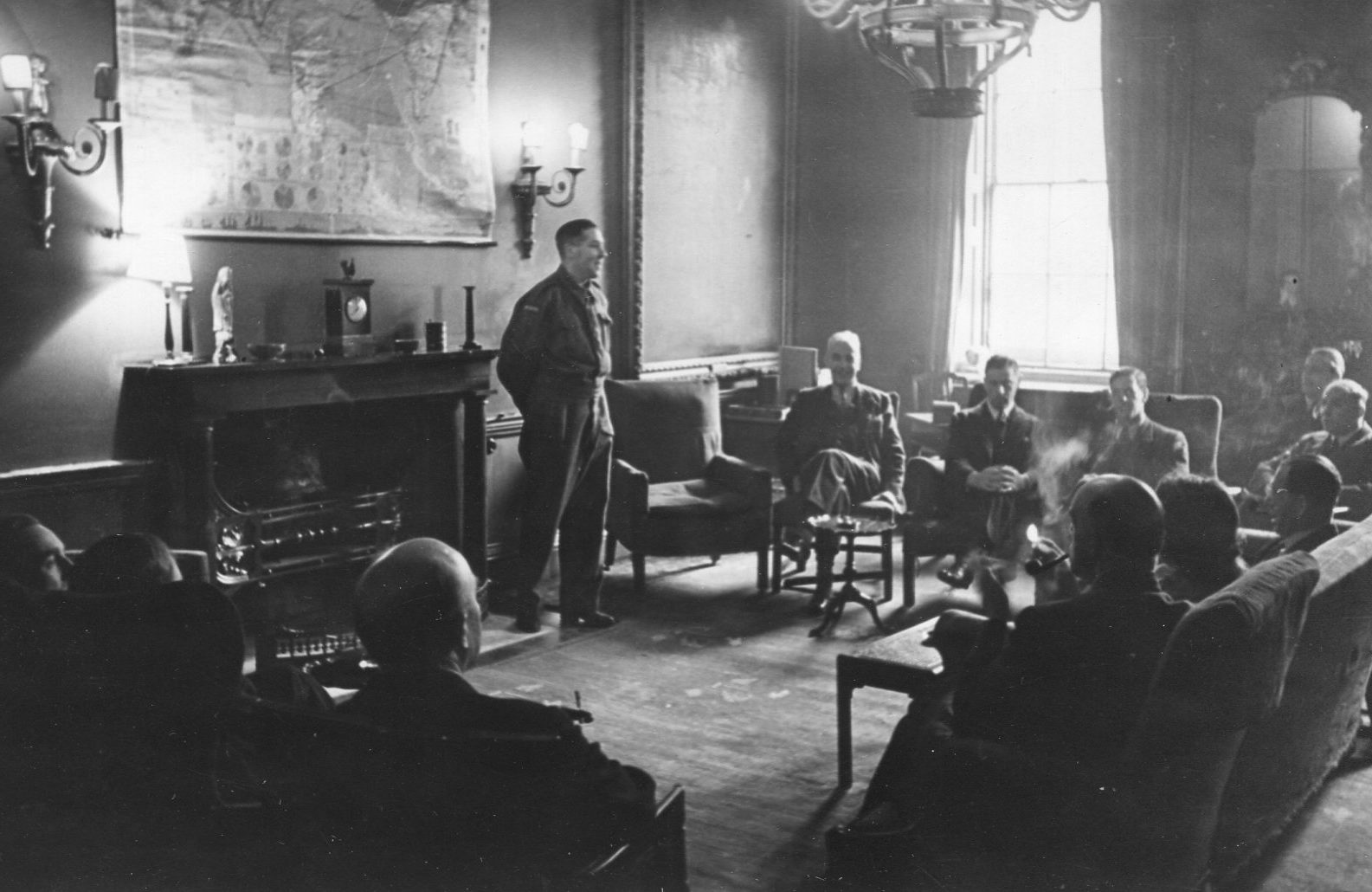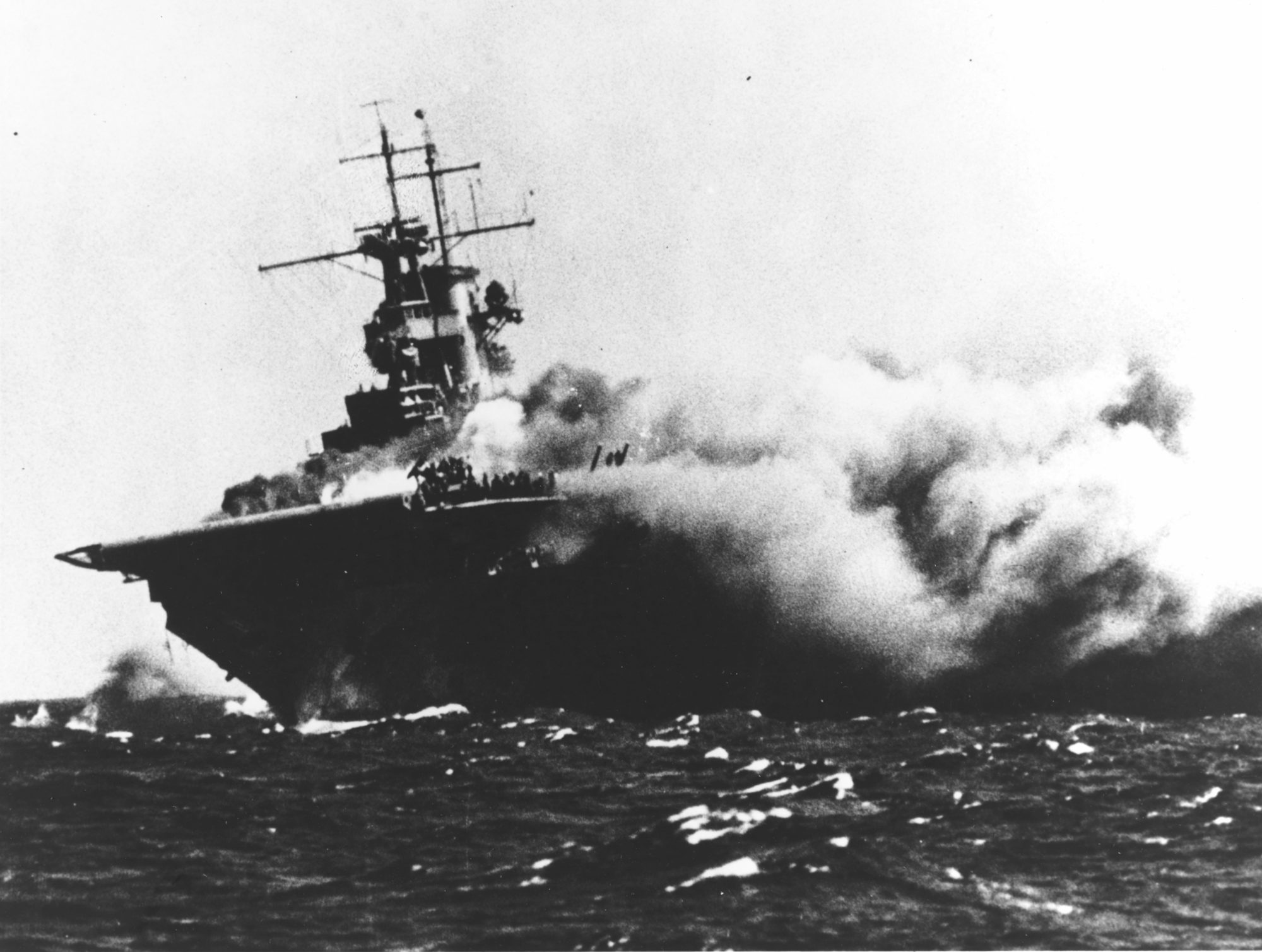The Manger, The Cross and The Resurrection: A Christian Interpretation of Our Time
Ironically, it is possible to boast of one’s humility. In this article, originally published in Christianity and Crisis on April 19, 1943, Paul Ramsey aims to explain why. While Ramsey advocates constant repentance as a logical consequence of a Christian self-evaluation and imperfect humanity, he portrays such repentance as moral hygiene rather than attitude. He avoids the divestment camp, which prioritizes a clear conscience over achieving moral good at the cost of personal iniquity. In its most essential form, this is repentance for our assumption of righteousness.
Christianity & Crisis MagazineApril 12, 2018
Better Relations Between Government and Church in Soviet Russia
In a Byzantine relationship, a church can be forgiven for choosing not to denounce the government publicly. Henry Sloane Coffin…
Christianity & Crisis MagazineApril 5, 2018
Religion in Russia
In this piece, originally published in Christianity and Crisis on March 22, 1943, N.S. Timasheff notes that the godless policy of the Communist party didn’t indicate an irreligious populace.
Christianity & Crisis MagazineMarch 22, 2018
Bonhoeffer’s Protector
German theologian and anti-Nazi martyr Dietrich Bonhoeffer is justifiably celebrated for his brilliance and devotion unto death. But there is…
Mark TooleyMarch 16, 2018
Mutual Security Comes First
In seeking the ultimate aim of World War II, William Adams Brown candidly reiterates in this article, originally published on March 22, 1943, in Christianity and Crisis, the enduring broadly applicable political truth that security is a precondition for democracy. Brown adds that while democracy is the superior form of government, it is best promoted by first reinforcing an inter-state international order. The mutual trust formed by open discourse is the basis of democracy; excluding illiberal forces from that discourse actively hampers the goal of spreading democracy.
Christianity & Crisis MagazineMarch 15, 2018
Battle Hymn of Responsibility
Christian clergymen of today typically prefer to disparage power and prestige as demonic ensnarements that Jesus shunned when offered. But Jesus exemplifies not the rejection of power per se but rather a godly deployment of it.
Mark TooleyMarch 9, 2018
This Is My Body: Communion Eschatology
In this military vignette, originally published in Christianity and Crisis on April 19, 1943, John Joseph Stoudt depicts the religiosity of men confronting their own mortality. The Chaplain employs the clearest ritual means of communicating the weight of their task, the nature of their profession: Communion. In taking up the body and the blood, the gathered soldiers experience camaraderie in a common meal, and unanimously acknowledge of the enduring, indisputable value of sacrifice; both God’s and their own.
Christianity & Crisis MagazineMarch 8, 2018
Christian Contrition and Action: Society and the Keys to Peace
In this article, originally published in Christianity and Crisis on April 19, 1943, F. Ernest Johnson illuminates the twin wartime concerns of brutality and cynicism. Johnson illustrates the importance of maintaining public morality; losing compassion for the enemy will scuttle the peace and instigate the next war, while ignoring social influence in determining personal ethics invariably corrodes society on a more insidious level. To paraphrase John 17: 14-19, we must be in the world, but not of it.
Christianity & Crisis MagazineMarch 1, 2018
“The Fork in the Road Which Leads to Victory”: The Campaign for Guadalcanal
If Guadalcanal foreshadowed the ultimate Allied victory, it also proved how difficult that triumph would be. It took six long, grueling months to oust Japan from the island, making clear to all ranks that every inch of the road to Tokyo would be bought with grit and determination—and paid for in blood.
Thomas SheppardFebruary 27, 2018
